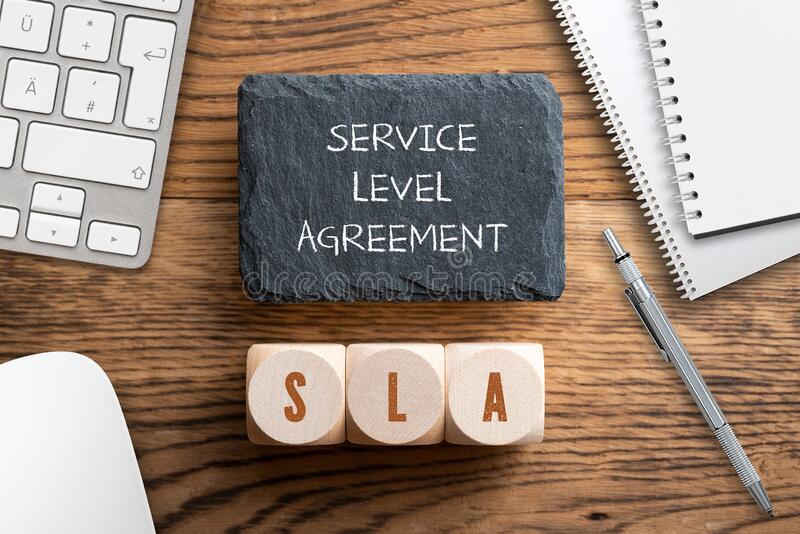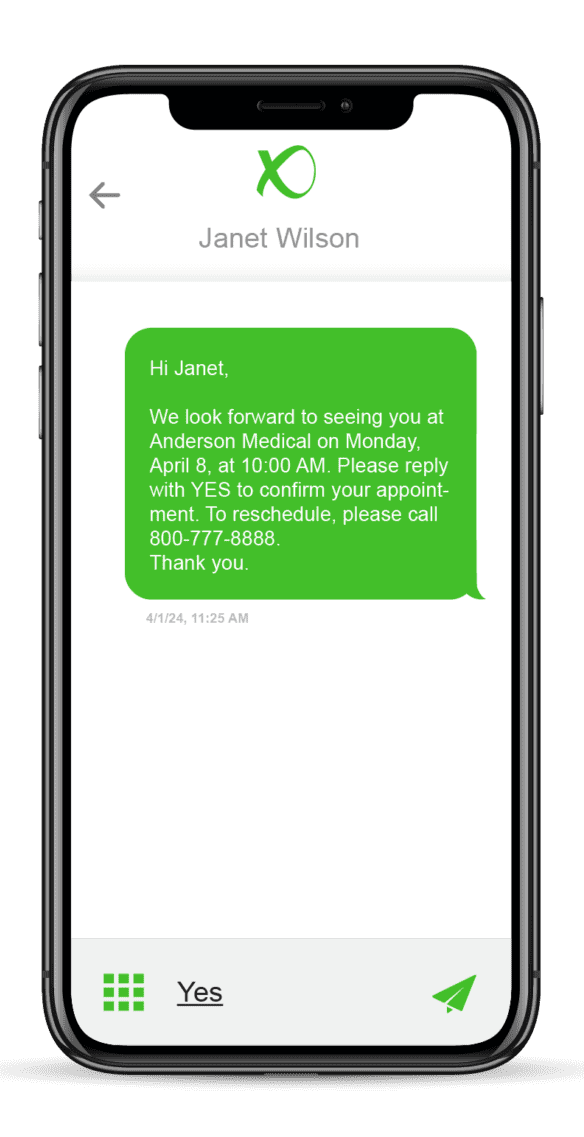What is an SLA?
 First things first, what is an SLA? An SLA, or Service Level Agreement, is a commitment between a service provider and its customers. It documents what services the provider will bring to the table and sets the service standards the provider is obligated to meet. Deliverables to help create alignment between two parties, such as product availability, responsibilities, and quality of service. Do you see why the journey to service level agreement best practices is needed?
First things first, what is an SLA? An SLA, or Service Level Agreement, is a commitment between a service provider and its customers. It documents what services the provider will bring to the table and sets the service standards the provider is obligated to meet. Deliverables to help create alignment between two parties, such as product availability, responsibilities, and quality of service. Do you see why the journey to service level agreement best practices is needed?
To sum up, the SLA adds finer detail regarding the services provided and the metrics used to measure their performance. Now, as a business owner, you are probably wondering what value this will bring to your company when it concerns customer calls? And how does one build service level agreement best practices? Building SLA’s into your reports will lay the baseline essential to define the expectations between you and your customers upfront. Trust us.
Defining Service Level Agreement Best Practices
To put plainly, service level agreement best practices happen when you put deliverables into place with your customer. VirtualPBX Director of Operations Jeff Weinstein says, “The best way to understand why SLA’s are so important, primarily when you deal with call centers, is the call volume and times. It visualizes the trends so crucial decisions can be made regarding staff priority and improving overall call performance and wait times.”
In the United States, customer wait time on a call averages out at 13 minutes. Wowzer. Because we don’t want you to deal with unhappy customers, the golden rule of thumb is to figure out how long to set your customer calls. That is why having SLAs built into your call reports for your company is such a bonus. Because all terms are defined, now you know where your baseline starts and how to proceed.
Creating Service Level Agreement Best Practices
Let’s get your SLA set up into a report.
When you sign in to your admin, click on your workgroups dropdown menu. For today’s excursion, we will be under “SLA BLOG”:

Go to the workgroup you want to edit, see the EDIT WORKSPACE menu and click on the REPORTING Tab.

Click the arrow down for CALL THRESHOLD. You will see call thresholds for your service levels. The ring seconds are set to default but know you can tweak them to what works.

Once you save your CALL THRESHOLD times, go back to the MAIN MENU, click on REPORTS on the left-hand side, and go to CREATE REPORT on the right side of the screen.

Now open the CREATE REPORT menu, click on PERFORMANCE tab.

You will see a list of reports to choose from, but today we will select SERVICE LEVEL BY DAY. This section will allow you to adjust and filter what you need. Under the DEFAULT DATE RANGE, let’s choose the filter THIS WEEK.

Once it populates, it will show you the calls for that week. Remember, the info you get will be based on how you initially set it up. Now you can see how many calls get answered in a specific timeframe.

Voila! Now you can begin setting up your reports. Jeff mentions that “Depending on the business itself, a service level agreement best practice I would recommend is the 30-45-60 seconds for answer time. It is a great starting point to setting your goals if you aren’t sure.”
Feeling Like An SLA Expert?
Another golden rule of thumb, as a leader, is to monitor and assess your reports and the metrics constantly. Building service level agreements best practices into your accounts help with accountability and transparency. It allows you to graph out what the customer expects to receive, helps make critical internal decisions with staff support, and lets you stay on top of what is needed to succeed. These measures put you one step ahead of the competition and make for some happy customers.







